Transform Your Home with Innovative Solar Technology
As the world shifts toward renewable energy, homeowners are increasingly exploring the potential of solar technology to enhance their living spaces. Home solar energy not only represents an eco-friendly solution but also offers substantial cost savings over time. For many households, solar technology is both a financial and environmental decision that improves quality of life. Understanding the basics, the suitability of your home, and the latest innovations can help you make the most informed choice. Keep reading to learn more.
Understanding Home Solar Technology
Solar energy harnesses the sun’s power to generate electricity or heat. Residential use primarily involves photovoltaic panels, which turn sunlight directly into electricity. This sustainable option reduces reliance on fossil fuels while lowering household utility bills. According to the Solar Energy Industries Association, solar accounted for 69% of all new electricity-generating capacity added to the U.S. grid in the first quarter of 2025 alone, underscoring its growing adoption and reliability.
A typical system includes panels, an inverter, mounting hardware, wiring, and often a battery for storage. Panels absorb sunlight, inverters convert it into usable household current, and storage units allow homeowners to use energy at night or during outages. Together, these components create a dependable energy solution, ensuring that households remain powered even during peak demand times or grid disruptions.
Solar panels generally fall into three categories: monocrystalline, polycrystalline, and thin-film. Monocrystalline panels, while more expensive, provide the highest efficiency and longevity. Polycrystalline panels offer a balanced middle ground with good performance at a lower price point. Thin-film panels may be less efficient but are versatile and ideal for unconventional installations. Understanding these differences helps homeowners align their choices with energy goals and budget constraints.
The history of solar technology highlights its reliability. Once prohibitively expensive, the cost of panels has dropped dramatically in the past few decades. Innovations such as bifacial panels, transparent cells, and smart home integration continue to expand possibilities. Meanwhile, community solar projects make renewable energy available to those without ideal roof conditions. The combination of affordability, reliability, and innovation is why solar has become one of the fastest-growing home energy solutions in the country.
Assessing Solar Suitability for Your Home
Before investing in solar, homeowners must first evaluate household energy consumption. Reviewing past utility bills provides a clear picture of how much electricity is typically used and when demand is highest. Identifying energy-hungry appliances can also highlight areas for improvement. Many families begin by reducing their baseline energy use through LED lighting, better insulation, and high-efficiency appliances before committing to solar installation.
Roof characteristics play a crucial role in determining system performance. South-facing roofs with minimal shade generate the highest returns. Roof age and structural integrity should also be considered, since home solar panels are long-term investments. A roof near the end of its lifespan may need replacement before installation to avoid future complications. Even in less-than-ideal conditions, solutions such as microinverters or power optimizers can maximize system output by addressing shading issues.
Geographic location adds another important dimension. Homes in regions with abundant sunshine naturally benefit more, but even areas with moderate sunlight often see significant savings. Local utility rates also influence cost-effectiveness. Higher rates typically accelerate the payback period for solar investments, making them more appealing even in less sunny climates.
Government incentives and local regulations can greatly improve financial returns. Federal tax credits cover a significant percentage of installation costs, and many states provide additional rebates, sales tax exemptions, or property tax breaks. Net metering programs allow homeowners to send surplus electricity back into the grid in exchange for credits, reducing monthly bills. Working with a professional familiar with regional rules helps ensure a smooth process from permitting to connection.
To make a financially sound decision, many homeowners run cost-benefit analyses or consult professionals for estimates. In our professional experience, the typical payback period ranges between seven and 10 years, after which most of the system’s lifespan generates pure savings. Since home solar systems often last 25–30 years, per This Old House, this makes for decades of reduced utility costs and improved home resale value. A professional energy audit can further identify ways to reduce demand, potentially lowering upfront system costs and improving long-term efficiency.
Exploring Innovative Home Solar Technologies
Solar technology is evolving rapidly, creating opportunities for homeowners to access more efficient, attractive, and versatile solutions. Bifacial panels capture sunlight on both sides, generating more power in the same space. Hybrid panels combine photovoltaic electricity generation with solar thermal heating, providing hot water alongside electrical output. These advanced technologies increase return on investment while reducing reliance on traditional energy sources.
Solar shingles and other forms of building-integrated photovoltaics (BIPV) provide an alternative for those concerned about aesthetics. They replace traditional roofing materials while producing electricity, blending seamlessly into the home’s architecture. For new builds or roof replacements, BIPV offers a practical, visually appealing option that ensures energy production without bulky equipment. Homeowners are also beginning to see solar-integrated windows, façades, and skylights that expand energy production across multiple surfaces.
Advances in home solar battery storage are transforming home energy use. Today’s lithium-ion batteries are more compact, efficient, and durable than ever before. They allow homeowners to store daytime energy for nighttime use, reduce dependence on the grid, and keep homes running during power outages. When paired with smart energy management software, these batteries can optimize when to store or use energy, lowering bills even further.
Smart inverters are another breakthrough. These devices not only convert solar energy into usable electricity but also monitor system performance, detect faults, and communicate with the grid to stabilize voltage. They support two-way energy flows, which is increasingly important as more homes adopt solar. For households embracing smart home technology, these inverters integrate seamlessly with existing devices, making energy use more efficient and transparent.
Looking ahead, emerging technologies such as organic photovoltaic cells and perovskite panels promise even higher efficiency at lower costs. Nano-photonic materials are being designed to capture light more effectively, potentially revolutionizing how compact systems generate energy. While many of these innovations are still in development, their progress suggests that the future of residential solar is brighter, more efficient, and more accessible than ever before.
Installation and Maintenance of Home Solar Systems
Choosing the right installer is crucial to long-term success. Homeowners should research local companies, compare quotes, and ask about certifications, warranties, and service agreements. Certified professionals, such as those accredited by the North American Board of Certified Energy Practitioners (NABCEP), provide added peace of mind. A reputable installer should also offer warranties that cover both equipment and labor for many years.
The installation process begins with a comprehensive site assessment, where the installer evaluates roof condition, shading, and electrical infrastructure. Once permits are approved, panels are mounted, wired, and connected to inverters and, if included, battery systems. Certified electricians ensure proper integration with the home’s electrical grid. Final testing confirms efficiency and safety before the system goes live. Most installations can be completed in a matter of days with minimal disruption.
Maintaining home solar panels is relatively simple compared to other household systems. Regular cleaning and occasional inspections are usually sufficient to maintain efficiency. Many modern systems include monitoring apps that let homeowners track energy production in real time, quickly spotting potential issues. Since panels have no moving parts, they are highly durable, and manufacturers often back them with 20- to 25-year warranties.
Safety and reliability depend on quality installation and components. Choosing panels, inverters, and batteries from reputable manufacturers helps guarantee longevity and consistent performance. Homeowners should also budget for professional inspections every few years to confirm system health. With proper care, solar systems can perform at high efficiency for decades, offering peace of mind alongside financial and environmental rewards.
Solar technology continues to advance, offering homeowners efficient, sustainable, and financially rewarding energy solutions. From improved panels and battery storage to smart integration and aesthetic innovations, solar systems are becoming more accessible and practical than ever before. Here at Northwind Solar, we're Central Wisconsin's premier home solar installer! With 100 years of collective experience, 10-year labor warranties, and free consultations and estimates, we're the team to hire. Call us today!
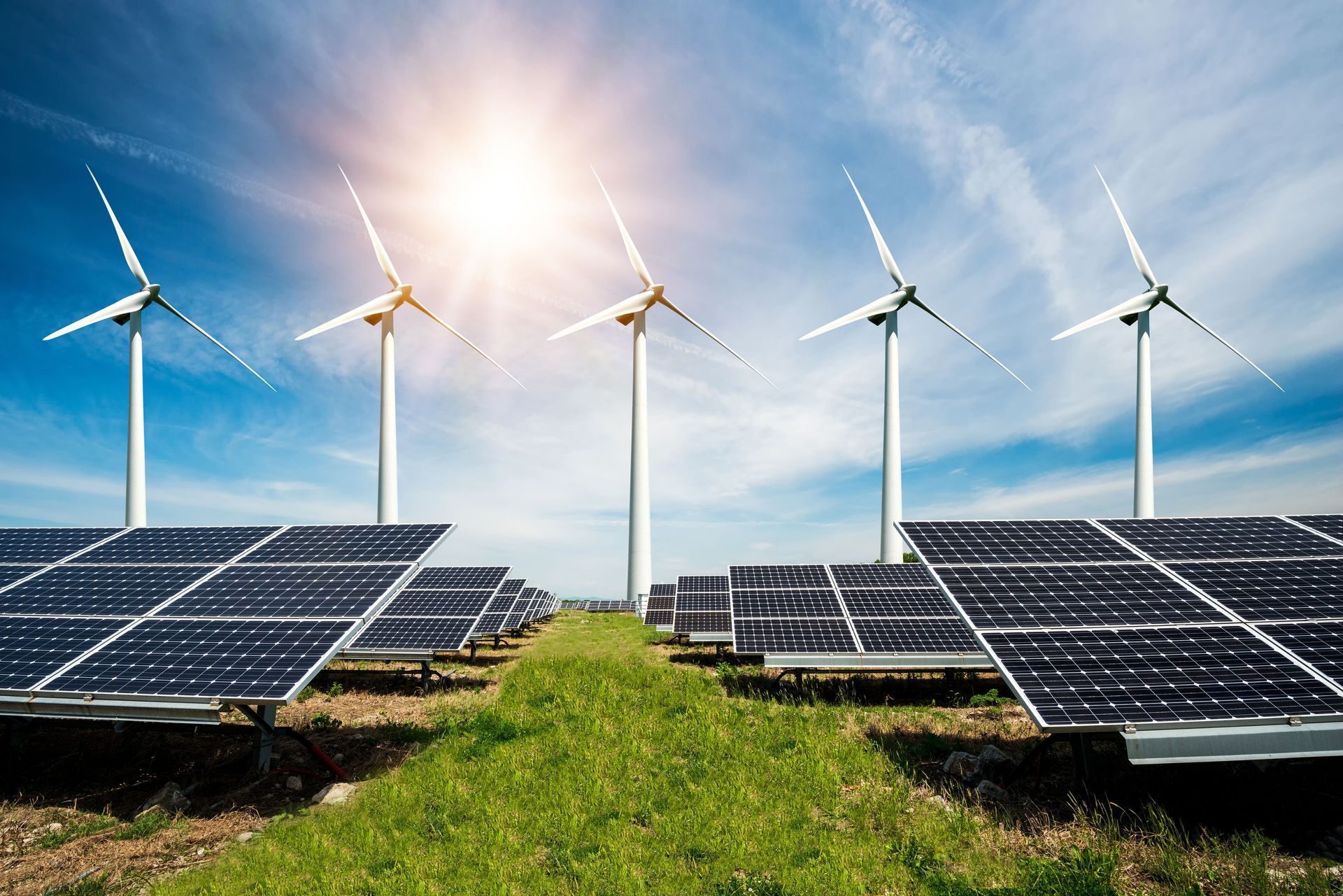


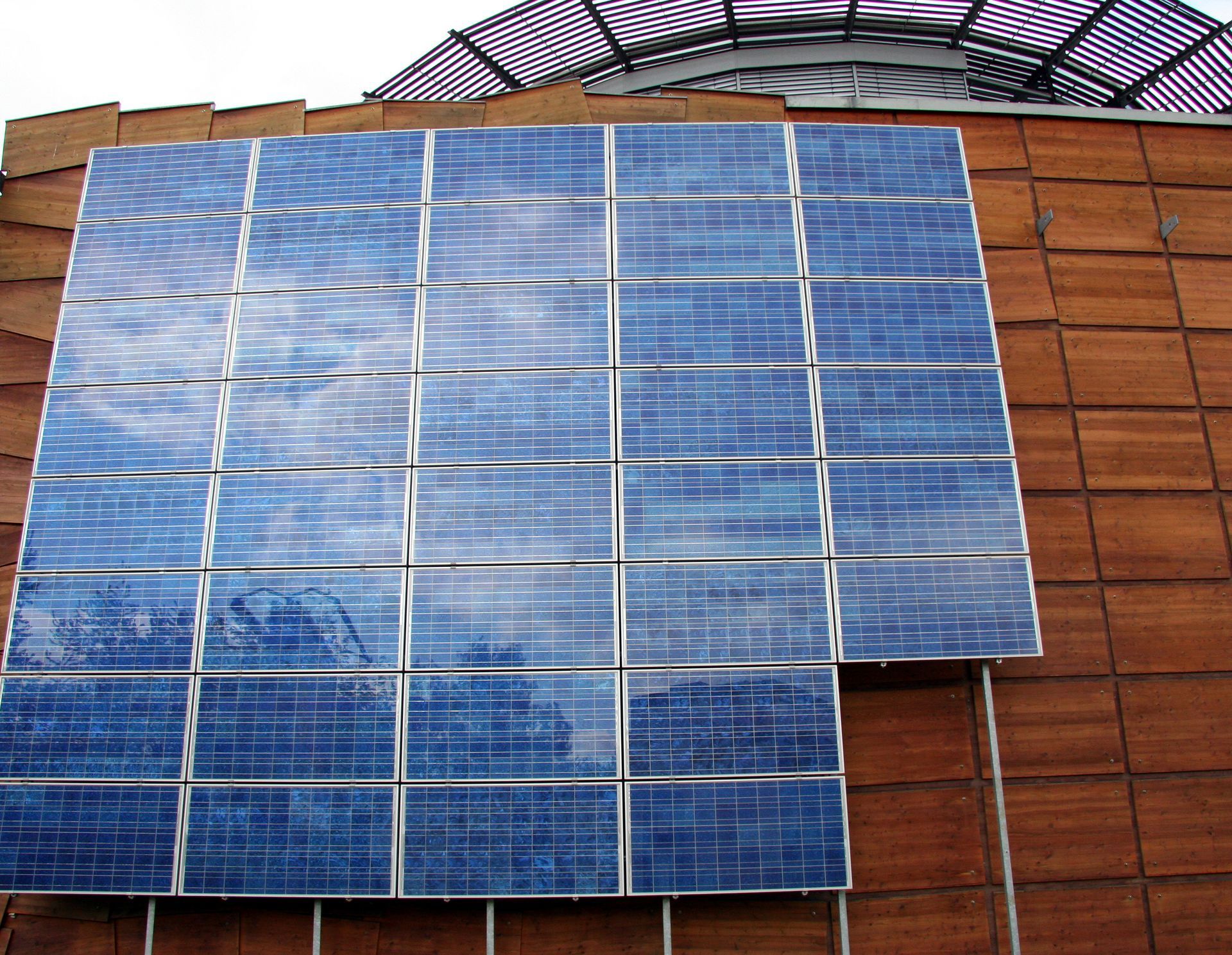
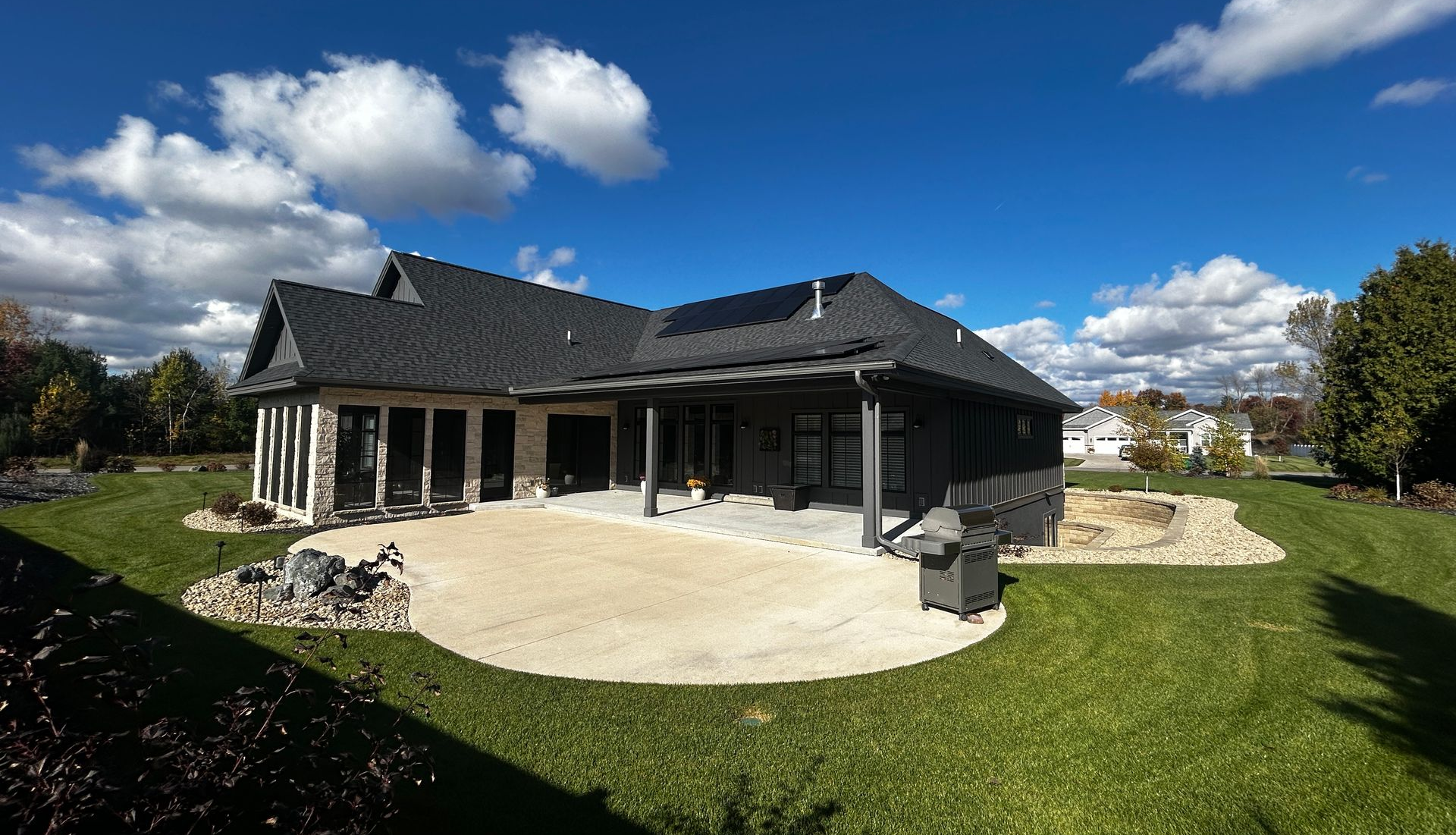
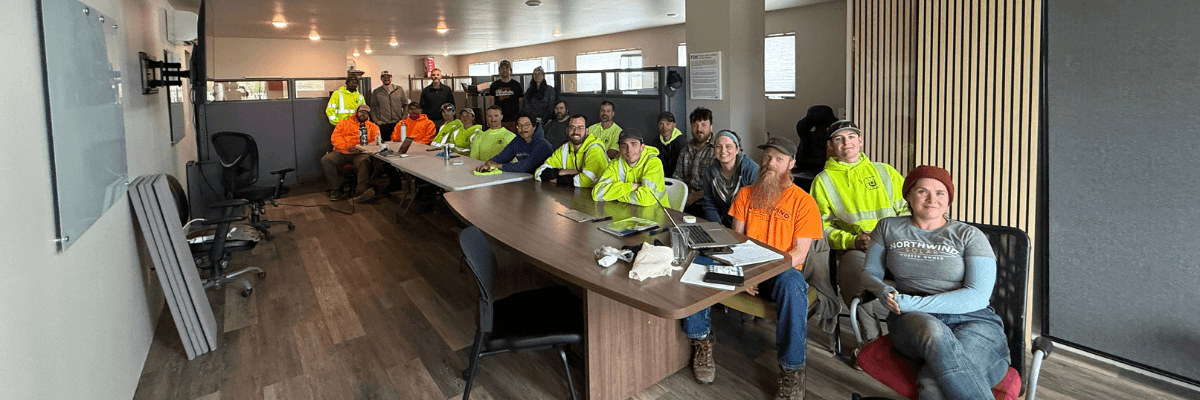
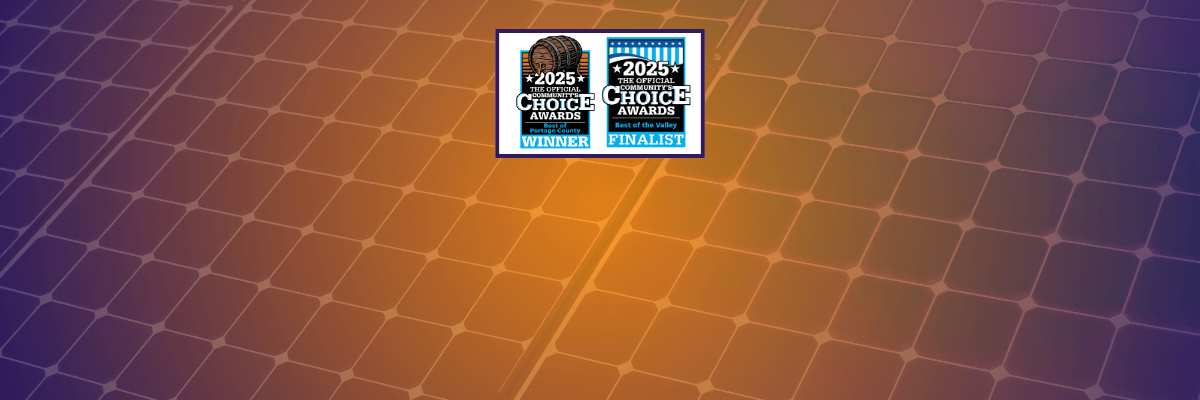

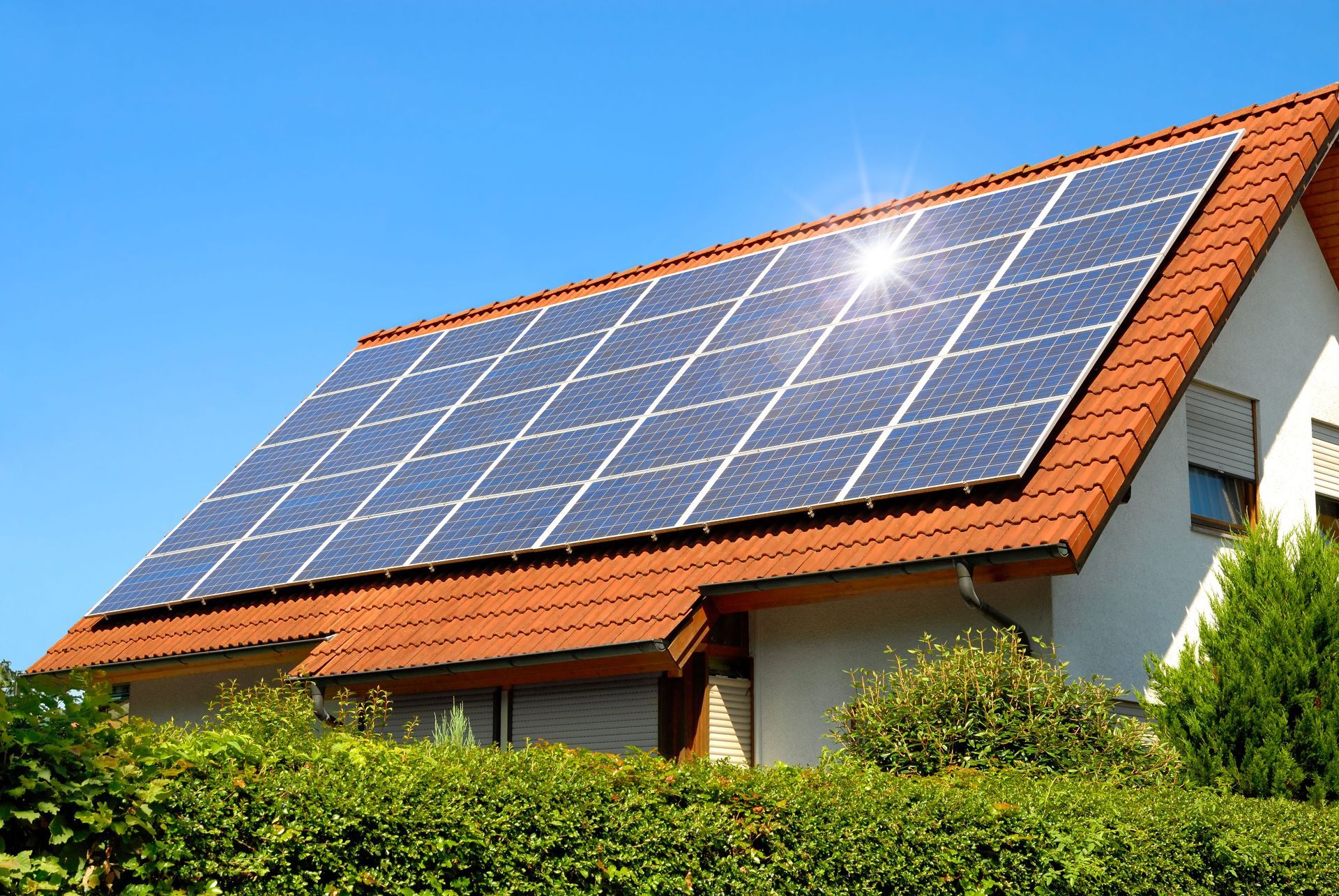


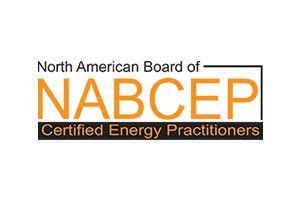
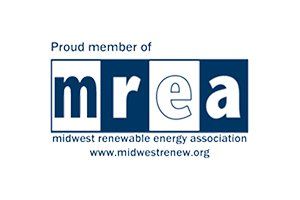
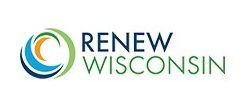
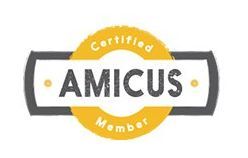
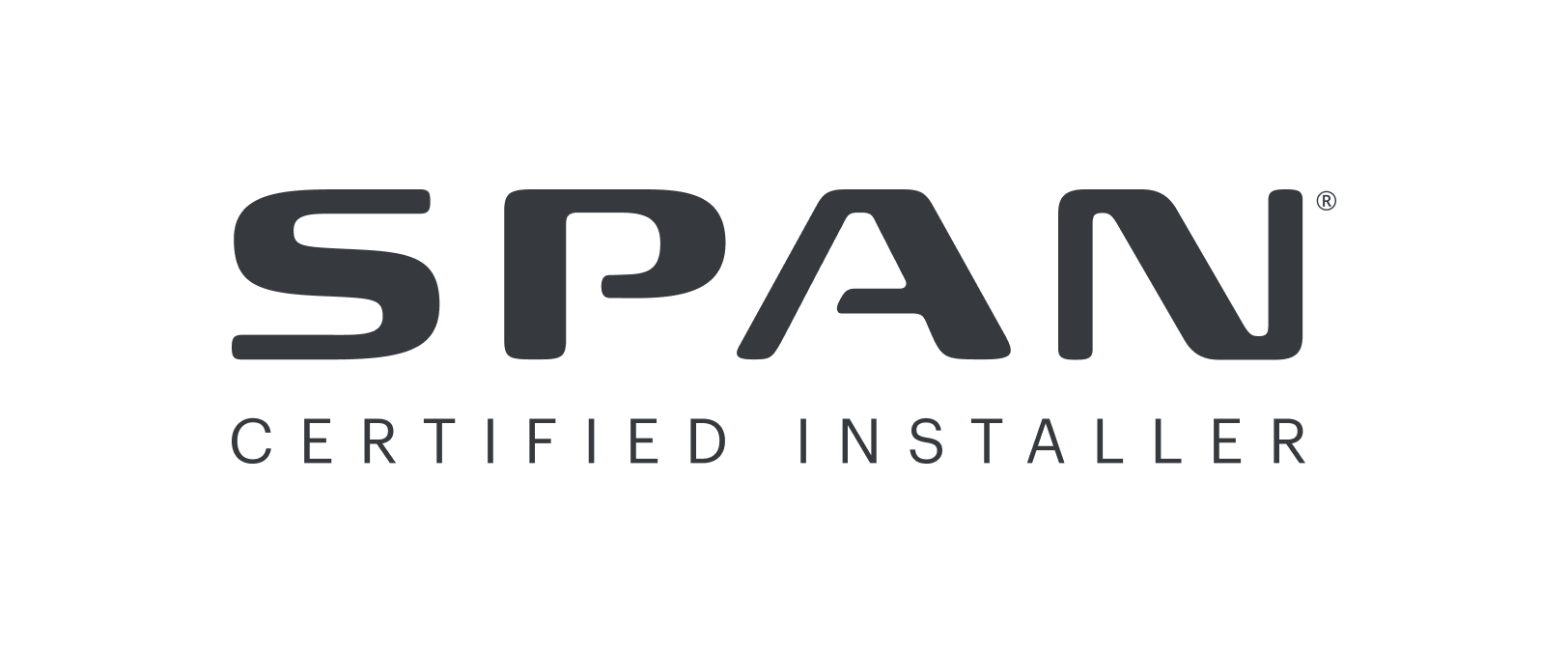

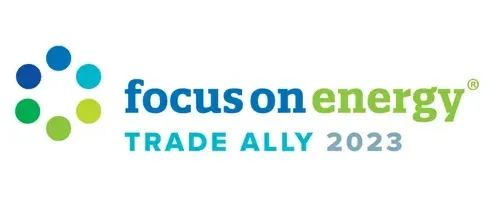
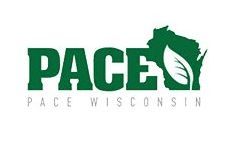
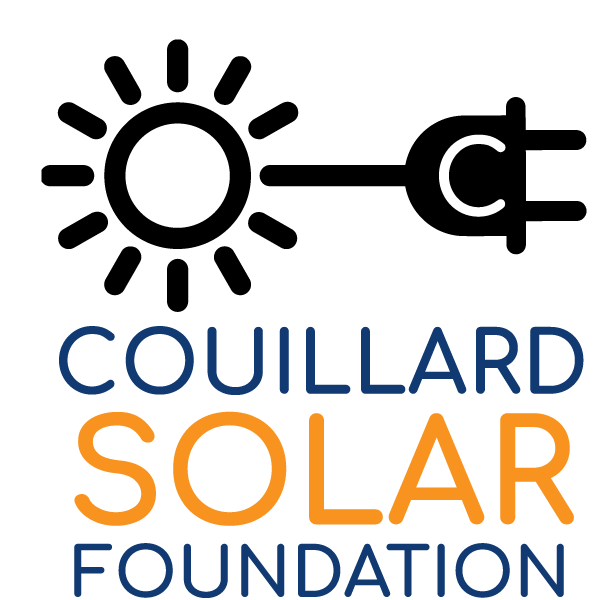




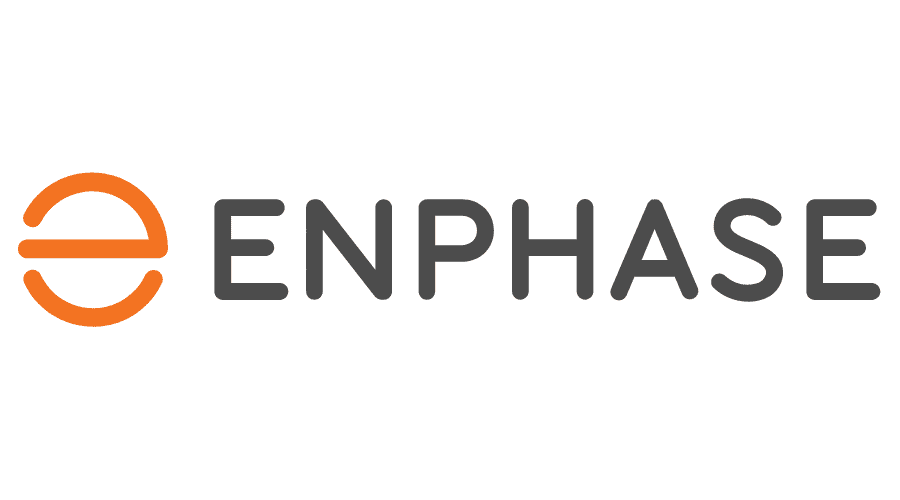
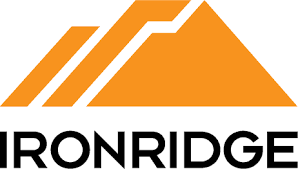





Share On: